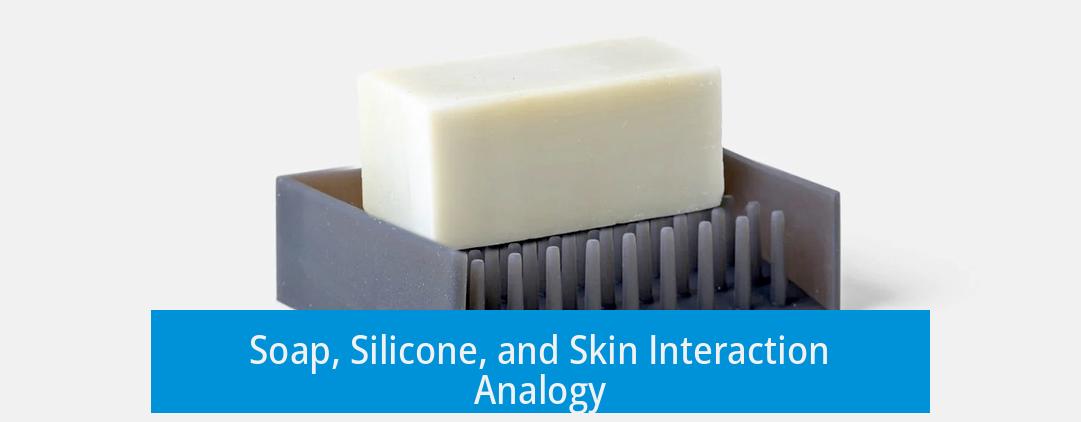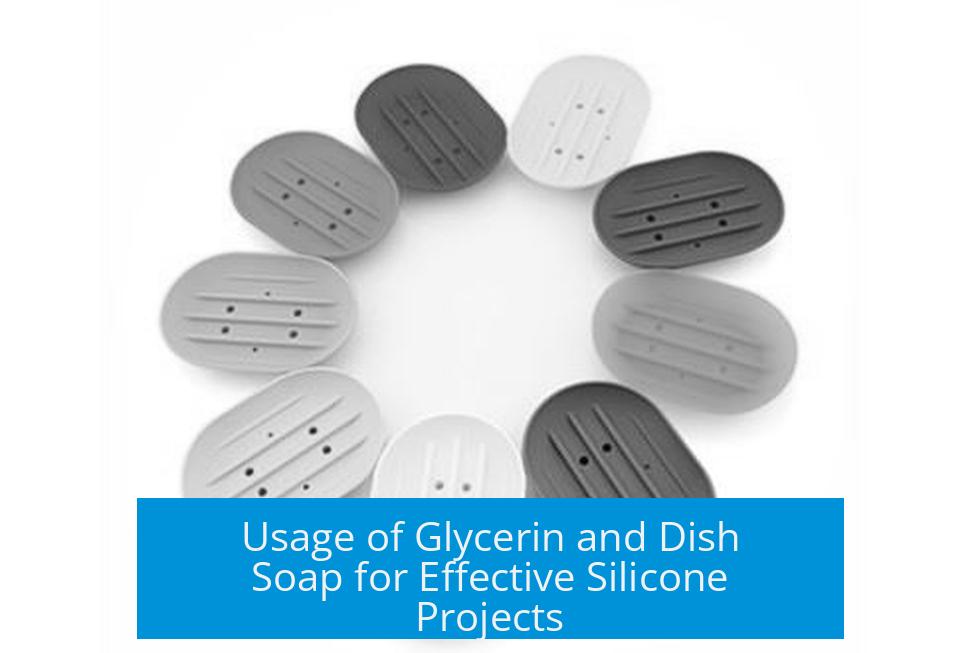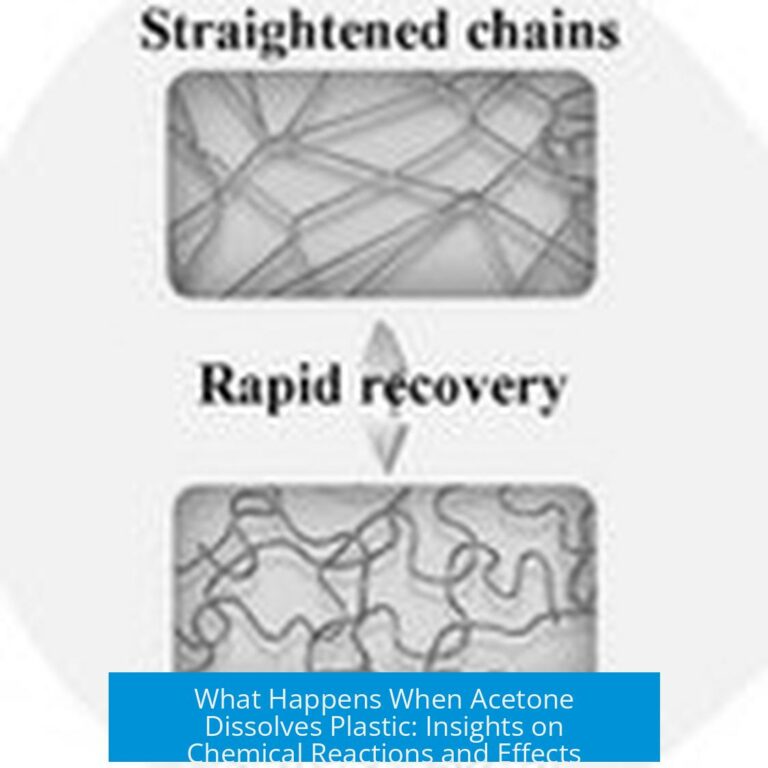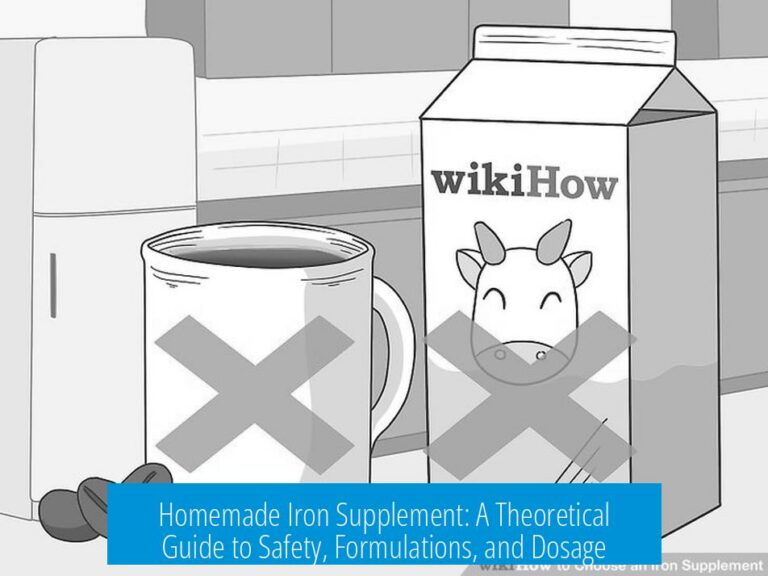Usage of Glycerin and Dish Soap When Working with Silicone

Dish soap and glycerin serve distinct roles when working with silicone, with dish soap aiding in spreading and release, while glycerin mainly influences curing speed. Understanding these differences helps optimize silicone applications like mold making.
Dish Soap: Surfactants and Release Agent
Dish soap contains surfactants, compounds that lower water’s surface tension. This property improves water’s ability to wet surfaces. When mixed or applied with silicone, the soap helps the silicone spread more evenly and smoothly.
- This uniform spreading is key for mold making, preventing uneven surfaces and defects.
- Surfactants also reduce the formation of air bubbles during silicone curing, resulting in higher-quality molds.
Beyond aiding spread, dish soap often works as a release agent. It prevents silicone from adhering to surfaces such as hands, tools, or mold forms. This release effect is due to soap molecules bonding more readily to skin or other surfaces than silicone molecules do.
Glycerin: Impact on Curing Without Surfactants
In contrast, pure glycerin lacks surfactants. It does not reduce surface tension or improve silicone spreading. Therefore, it cannot replace dish soap’s role in wetting or releasing silicone.
However, glycerin can speed up the curing process of silicone. Its presence influences the reaction kinetics, but the silicone will not spread or release better because of glycerin alone.
When glycerin is used in mixtures with dish soap, it combines curing acceleration with surfactant benefits. But on its own, glycerin is mainly a curing aid, not a spreading or release agent.
Soap, Silicone, and Skin Interaction Analogy

A useful analogy compares soap’s action in removing dirt from hands to its function with silicone and skin. Soap molecules bind strongly to skin and dirt, loosening and lifting dirt away. Similarly, soap molecules adhere more easily to skin than silicone molecules do. This affinity helps prevent silicone from sticking to hands.
In this analogy, the soap acts as an intermediary that outcompetes silicone for binding sites on the skin, facilitating easy removal of silicone residues.
Key Takeaways
- Dish soap surfactants reduce water surface tension, improving silicone spread and reducing air bubbles.
- Dish soap acts as a release agent, preventing silicone stickiness on hands or molds.
- Pure glycerin lacks surfactants and does not improve spreading or release but can speed up silicone curing.
- The analogy of soap removing dirt shows why dish soap helps prevent silicone adhesion to skin.





Leave a Comment